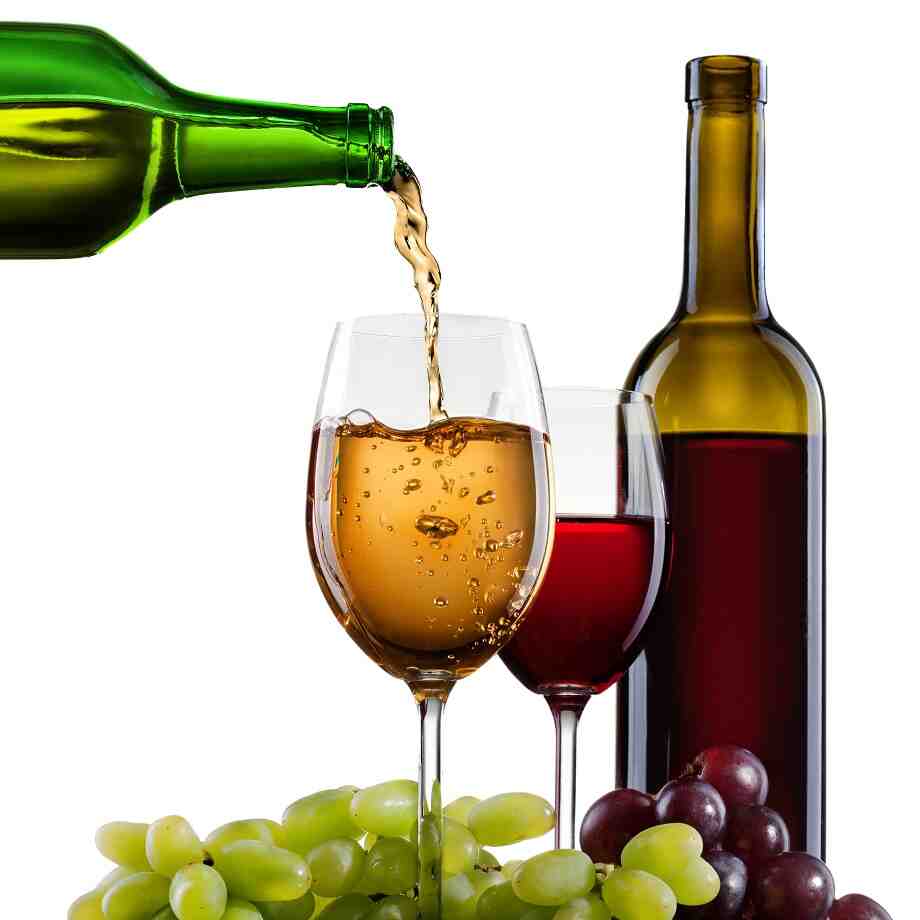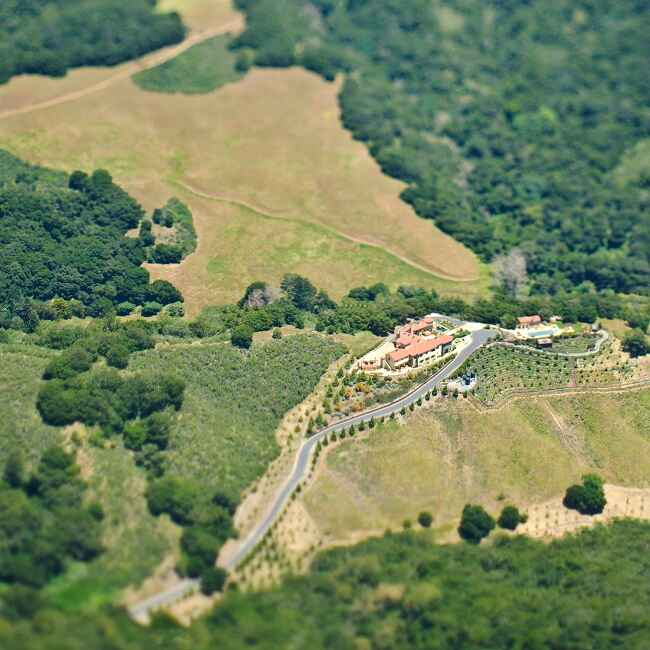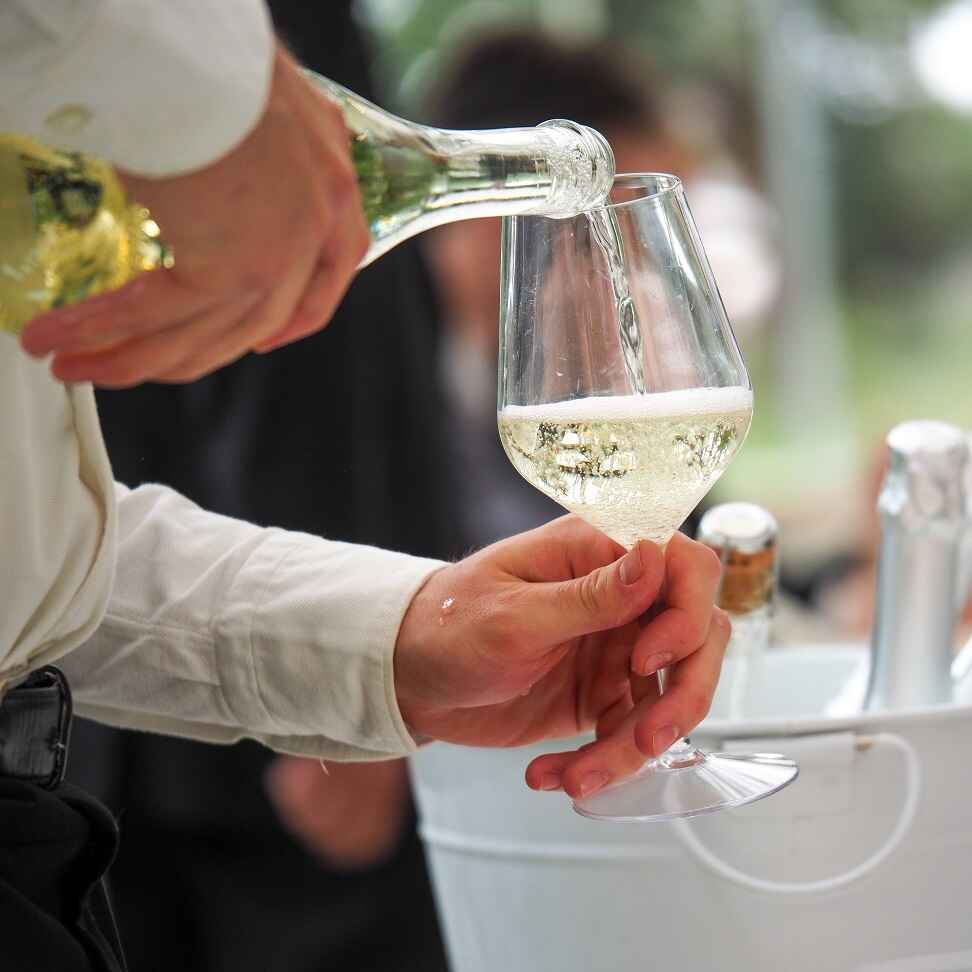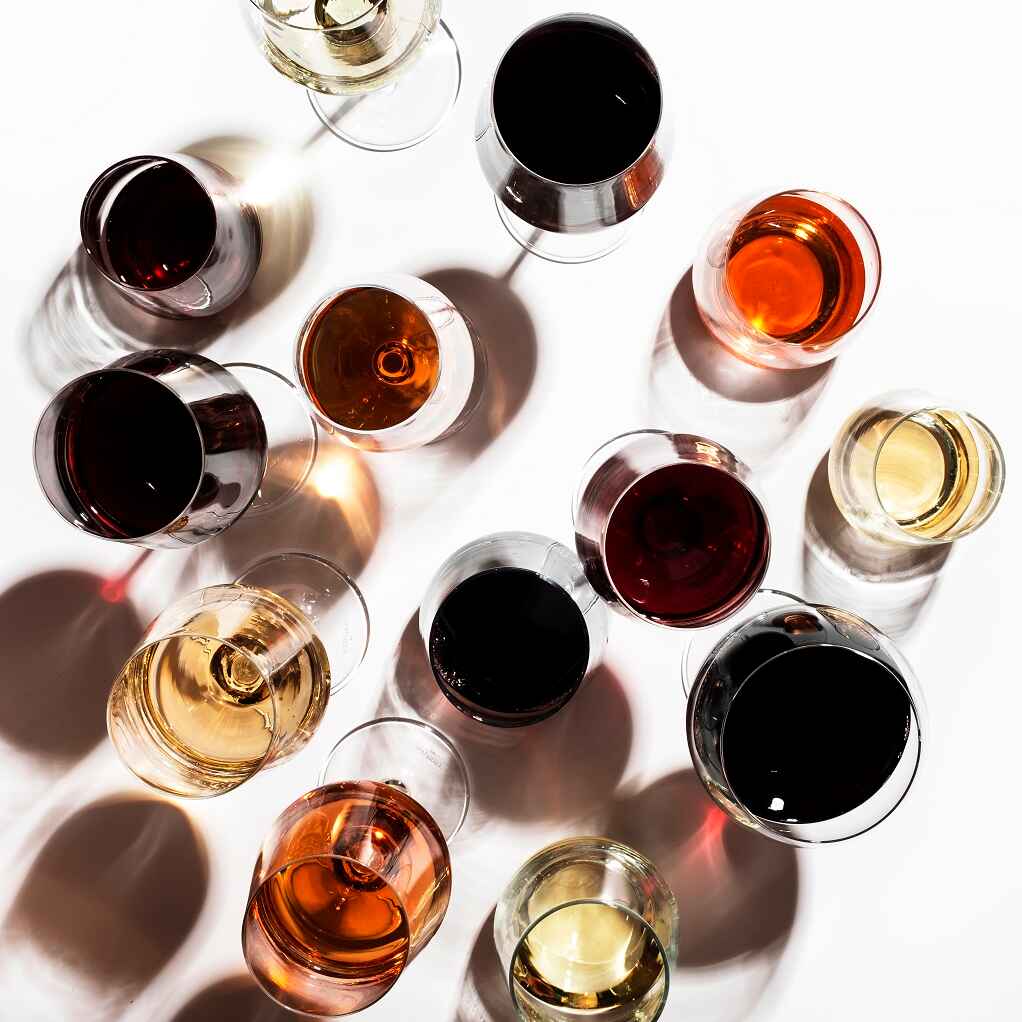Champagne is a sparkling wine, but what makes it unique compared to other sparkling wines around the world is a combination of factors that go beyond just its bubbles. The distinctiveness of Champagne comes down to its geographical origin, the stringent regulations that govern its production, the specific grape varieties used, the traditional methods of crafting it, and the unique terroir of the Champagne region in France. Let’s break these down:
1. The Champagne Region: Geography and Terroir
Champagne can only be produced in the Champagne region of northeastern France, which is located about 100 miles east of Paris. The region’s unique terroir is one of the key factors that set Champagne apart from other sparkling wines. Terroir refers to the combination of soil, climate, and other environmental factors that affect the taste and character of the wine.
The soil in Champagne is rich in chalk, which plays a crucial role in providing the vines with the right amount of water retention and drainage, allowing the grapes to ripen slowly and evenly. The cool, continental climate of the region also contributes to Champagne’s signature high acidity, which is crucial for maintaining freshness and balance in the wine.
The specific conditions in Champagne, including long, cool winters and short, warm summers, help create the perfect growing conditions for the grapes used in Champagne production. The cool temperatures also slow down the fermentation process, which allows the wine to develop more complex flavors over time.
2. Strict Regulations and AOC Status
Champagne’s unique status is also due to the strict regulations that govern its production. The term “Champagne” is protected by the Appellation d’Origine Contrôlée (AOC), meaning that only sparkling wines produced in the Champagne region can be labeled as such. These regulations are legally enforced to ensure that the wine maintains the high standards and authenticity associated with the Champagne name.
Some of the key AOC regulations for Champagne production include:
- Grape Variety: Only specific grape varieties can be used in Champagne, including Pinot Noir, Pinot Meunier, and Chardonnay.
- Production Method: Champagne must be made using the traditional method (Méthode Champenoise), which involves a secondary fermentation in the bottle to create its signature bubbles. This method is time-consuming and requires a careful and skilled approach to ensure quality.
- Harvesting and Yield Limits: The number of grapes that can be harvested from a vineyard is regulated to ensure the quality of the wine. The region has strict rules on yield limits to prevent overproduction and maintain quality.
These regulations make Champagne a wine that is deeply connected to its region, with each bottle reflecting the characteristics and craftsmanship of the Champagne area.
3. The Traditional Method (Méthode Champenoise)
One of the most defining characteristics of Champagne is its production method, known as the Méthode Champenoise (traditional method). This labor-intensive process is what gives Champagne its signature effervescence and complexity, setting it apart from sparkling wines made using other methods.
In the traditional method, after the base wine is fermented, a small amount of sugar and yeast is added to the wine, and it undergoes a second fermentation inside the bottle. During this second fermentation, carbon dioxide is produced, creating the bubbles that Champagne is known for. The wine is then aged on its lees (the dead yeast cells) for an extended period of time, which imparts flavors of brioche, toast, and nuttiness to the wine.
Once the aging process is complete, the bottles are “riddled,” or slowly rotated to move the yeast sediment toward the neck of the bottle. The sediment is then removed in a process called disgorging, and the bottle is sealed with a cork. This method is more labor-intensive and time-consuming than other methods, such as the Charmat method used for Prosecco, but it results in a wine with greater depth, complexity, and refinement.
4. Grape Varieties Used in Champagne
While other sparkling wines may use a wide range of grape varieties, Champagne is made from just three main grape types: Pinot Noir, Pinot Meunier, and Chardonnay. These three grapes each bring different qualities to the wine, contributing to Champagne’s complexity and balance.
- Pinot Noir: A red grape that adds structure, body, and a rich, fruity flavor to the wine. It also gives Champagne the potential for aging.
- Pinot Meunier: A mutation of Pinot Noir, Pinot Meunier brings a fruit-forward character, making Champagne more approachable and accessible in its youth.
- Chardonnay: A white grape that adds elegance, freshness, and acidity, as well as floral and citrus notes. Chardonnay-based Champagnes are often lighter and more refined.
The blending of these three grape varieties allows Champagne producers to create a wide range of flavors, from bold and full-bodied to light and crisp.
5. Aging and Complexity
Champagne is often aged for longer than other sparkling wines, which contributes to its complexity and depth of flavor. The aging process on the lees (the spent yeast cells) imparts rich, toasty, nutty, and biscuity flavors to the wine. Many Champagnes, particularly vintage Champagnes, are aged for several years, allowing them to develop a level of complexity that is unmatched by other sparkling wines.
In contrast, many sparkling wines, such as Prosecco and some Cava, are typically not aged on their lees for as long. While these wines can be fresh, fruity, and approachable, they may not have the same depth of flavor that aging on the lees can provide.
6. Prestige and Tradition
Champagne is not just a drink—it’s a symbol of luxury, celebration, and refinement. For centuries, Champagne has been associated with the highest levels of quality and sophistication. This prestige is partly due to its rich history, as it has been enjoyed by royalty, celebrities, and world leaders for centuries. The association of Champagne with major life events—weddings, New Year’s Eve, achievements, and milestones—further solidifies its status as a drink of celebration.
The tradition behind Champagne is also a big part of what makes it unique. The meticulous care and attention to detail that goes into its production reflect a centuries-old heritage of craftsmanship. Each bottle is the result of generations of expertise, passed down through Champagne houses and families who have honed their craft for hundreds of years.
Conclusion: The Magic of Champagne
What makes Champagne truly unique is its combination of history, geography, production methods, and exceptional craftsmanship. From its chalky soils and cool climate to its strict production regulations and the traditional method used to create its effervescence, Champagne stands apart from other sparkling wines. The attention to detail in every step, from grape selection to aging on lees, ensures that Champagne offers a level of complexity, elegance, and refinement that is unparalleled in the world of sparkling wines. Whether enjoyed during a moment of celebration or savored for its depth and complexity, Champagne remains a timeless symbol of luxury and joy.











